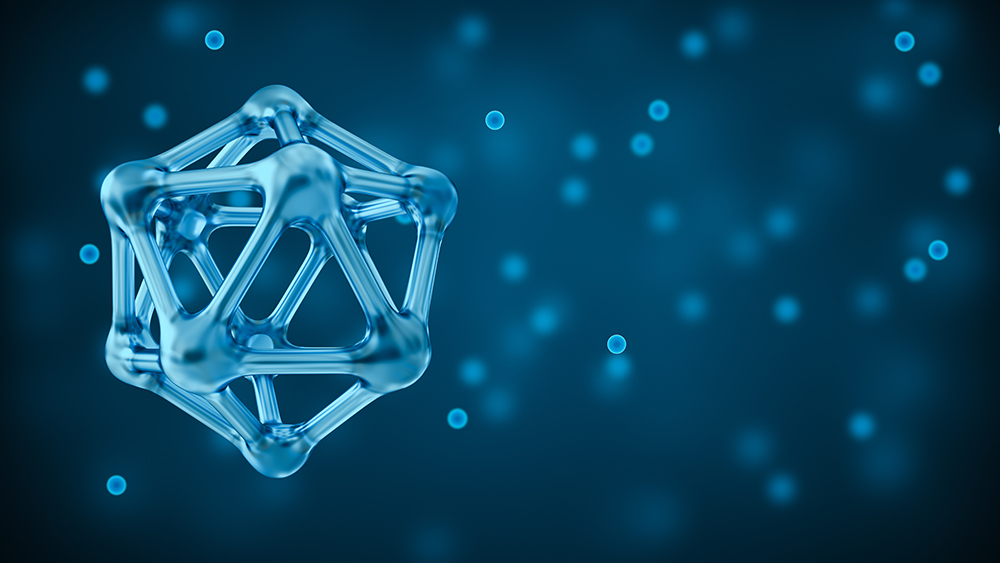Study applies temperature gradient to create high-quality liquid crystals

Leading a double life as both solids and liquids, liquid crystals occupy center stage for creating smaller, faster and more efficient technologies. Even at the level of single particles, liquid crystals can bend light and react to external forces, like electric fields or physical pushes and pulls. And so, a tiny quantity of liquid crystals is usually enough to achieve high performance in many applications, ranging from monitor screens to solar panels.
But, to fully tap into a liquid crystal’s wondrous properties, its constituent particles must be systematically assembled.
In a new study, Texas A&M University researchers have discovered that applying a small difference in temperature to a watered-down mixture of a compound called zirconium phosphate initiates its liquid crystallization. As zirconium phosphate particles move toward warmer temperatures, they start aligning themselves with each other and eventually turn into pure liquid crystals, the researchers said.
“Ours is the first proof-of-concept study to show that temperature gradient is an effective, yet simple, tool to assemble high-quality liquid crystals,” said Zhengdong Cheng, professor in the Artie McFerrin Department of Chemical Engineering. “Also, our results indicate that we can move liquid crystals by just varying temperature, a property that can potentially be used to transport liquid crystal particles from one place to another, thus paving the way for applications beyond those that are commonly associated with liquid crystals today.”
The researchers reported their findings in the October issue of the journal ACS Nano.
Liquid crystals represent a state of matter that lie somewhere between solids and liquids. Like molecules in solids that form crystals, those in liquid crystals are arranged in a semi-systematic fashion, like cars in a partly-full parking lot. But liquid crystals are also runny and can assume any shape like liquids. Furthermore, in their liquid crystal avatar, materials often show exotic properties. For example, they split up light beams or change their molecular alignments in response to electric fields.
But whether a material can assume a liquid crystal state depends on the overall shape of their constituent particles. Substances made up of spherical particles do not form liquid crystals. On the other hand, materials consisting of particles that are elongated like rods or flat like discs do form liquid crystals. Cheng and his team were particularly interested in zirconium phosphate because its disc-like particles have the ability to self-assemble into larger, flat 2D structures in their liquid crystalline state.
“Many particles found in nature, like red blood cells, nucleosomes and clay particles, are disc shaped and under the right circumstances, they can self-assemble into liquid crystals,” said Cheng. “So, we used zirconium phosphate as a proxy to investigate if there is a way to experimentally control the liquid crystallization of these particles.”

